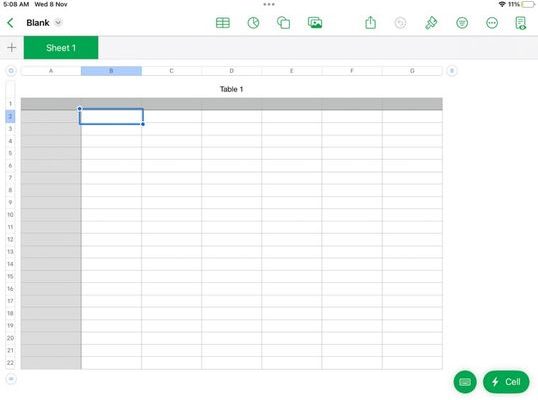How to Read Tide Tables: 13 Steps

Reading tide tables might seem complicated at first, but with these 13 simple steps, you’ll be able to understand and utilize tide data in no time.
1. Determine your location: The first step in reading tide tables is figuring out which location’s data you need. Be sure to use tide tables specific to your chosen area along the coastline.
2. Obtain a tide table: You can find tide tables online, in print at local marinas and bait shops, or through navigational apps designed for boaters and coastal enthusiasts.
3. Find the date: Look for the specific date on the tide table for which you want to know the tidal information.
4. Identify high and low tides: High and low tides are indicated on tide charts, often with ‘H’ for high tide and ‘L’ for low tide.
5. Convert time format if necessary: Tide times may be listed in standard 12-hour format (e.g., 6:00 AM) or military/24-hour time (e.g., 0600). Ensure that you are interpreting the correct time of day based on the format used.
6. Examine the tidal range: The difference between high and low tide levels within a given day is called the tidal range. A larger range results in more significant water level changes along the shoreline.
7. Note spring and neap tides: Spring tides result from the gravitational pull when the sun, moon, and Earth align during full or new moons. Neap tides occur when Earth is at right angles with respect to sun and moon, producing less extreme water level changes.
8. Understand mean sea level (MSL): Rely on MSL as a reference point for measuring water height during high- and low-tide cycles.
9. Notice current flow rates: As water moves in and out with tide cycles, currents also change. The speed of these currents can have an impact on boat navigation and wildlife sightings.
10. Check additional data sources: Several websites and apps anticipate and account for weather conditions that might affect tides. Do your research if you need hyper-localized or real-time information.
11. Interpret tide charts visually: Many tide apps or tables provide graphic charts to help users better visualize the water level changes throughout the day.
12. Plan around tidal information: Knowing when high and low tides occur is essential for safely enjoying water activities like boating, fishing, or swimming. Always plan your coastal trips based on current tide data.
13. Review tide information regularly: Familiarize yourself with your area’s typical tide patterns over time, as predictability leads to safer experiences on the water. Embrace a continuous learning process when it comes to understanding tides.
With these steps at your fingertips, you’ll be prepared to read tide tables and plan your coastal adventures with confidence. Remember to keep safety in mind and enjoy the wonders of the ocean!






